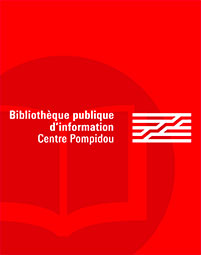par Barovier, Marino (1945-....)
Skira
2013 -
-
Disponible - 70"19" SCAR 2
Niveau 3 - Arts
Résumé : Venetian Glass by Carlo Scarpa: The Venini Company, 1932-1947 at The Metropolitan Museum of Art is devoted to the work in glass of the influential Italian architect Carlo Scarpa (1906–1978). Scarpa created a unique and multifaceted body of work in architecture and design. In 1932, while in his mid-twenties, he was hired by Paolo Venini, founder of Venini Glassworks, to be an artistic consultant to the company. Until 1947, he worked closely with Venini master glass blowers and Mr. Venini himself to create more than two dozen styles, in the process pioneering techniques, silhouettes, and colors that thoroughly modernized the ancient tradition of glass blowing. The exhibition presents the results of this unique collaboration, featuring nearly 300 carefully selected works that highlight Scarpa’s significant contribution to the art of Venetian glass.

 Les bibliothèques de la ville de Paris
Les bibliothèques de la ville de Paris
 Les bibliothèques universitaires
Les bibliothèques universitaires
 La BnF
La BnF
 L'encyclopédie Wikipédia
L'encyclopédie Wikipédia
 L'Encyclopædia Universalis
L'Encyclopædia Universalis
 La bibliothèque du film
La bibliothèque du film
 La médiathèque de la Philharmonie de Paris
La médiathèque de la Philharmonie de Paris




![Napoleone Martinuzzi : Venini, 1925-1931 / : [mostra, Venezia, Isola di San Giorgio Maggiore, Le Stanze del Vetro, 7 settembre 2013 - 6 gennaio 2014]](/imported_images/livre/couverture/978-88-572-2061-1.jpg)

![Toni Zuccheri at Venini : [exhibition, Venice, Le stanze del vetro, 21 November 2021 - 13 March 2022]](/imported_images/livre/couverture/978-88-572-4665-9.jpg)


